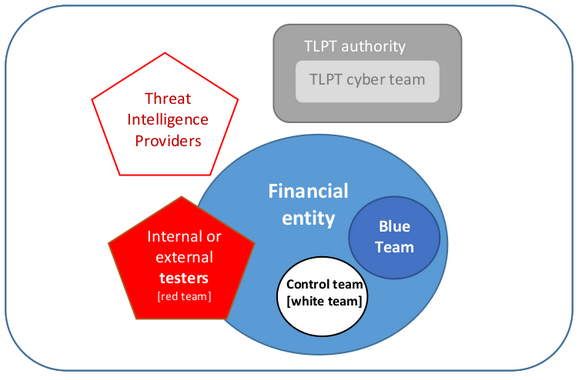TIBER-EU is a European framework for threat intelligence-based ethical red-teaming. While using or even mirroring similar concepts, the DORA TLPT requirements are legally binding and, as such, prevail over the TIBER-EU framework. Under DORA, tests will be organised at the level of a financial entity by the TLPT authority of its home Member State. If a subsidiary established in another Member State is running one or more critical or important functions, it can use testers from that State in cooperation with the respective authorities.
There are inherent elements of risks associated with TLPT, as critical functions are tested in a live production environment, with the possibility of causing denial-of-service incidents, unexpected system crashes, damages to critical live production systems, or the loss, modification, or disclosure of data, highlights the need for robust risk management measures.
The main differences between DORA TLPT and the TIBER-EU framework:
- Authority conducting TLPT. DORA allows Member States to designate a single public authority (SPA) who is then charged with all tasks and responsibilities related to TLPT in that Member State.
- Use of internal testers. Although the use of internal testers is not foreseen in the TIBER-EU framework, DORA allows it “to take advantage of internal resources at the corporate level” under certain conditions to safeguard the quality of the tests.
- Purple teaming exercise. Purple teaming, a collaborative testing activity involving both the red and blue team testers, is currently a strongly encouraged but not yet mandatory element in the TIBER-EU framework.
TLPT participants. Similarly to the TIBER-EU framework, there are five types of participants in a TLPT, which are depicted in the Figure below:


